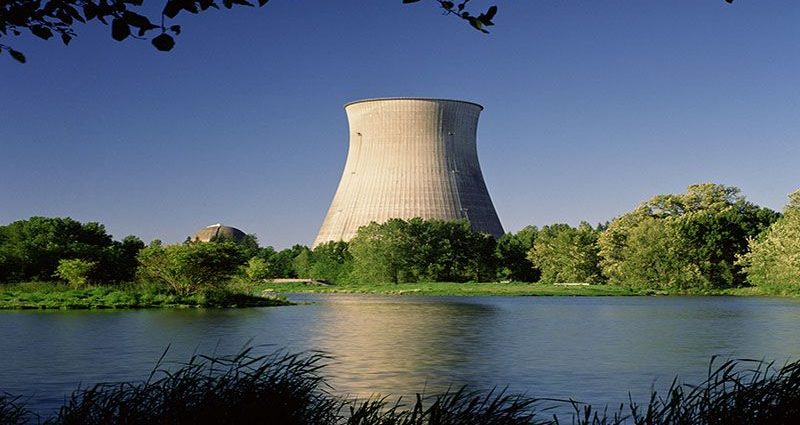TUESDAY, April 11, 2023 (HealthDay News) — Even as many U.S. nuclear reactors reach the end of their estimated life spans, the country still gets nearly 20% of its power from these sites.
Now, new research claims that shutting them down could increase air pollution and cause more deaths because while nuclear power plants are considered relatively clean energy, many potential replacement sources for nuclear power are not.
Polluting energy sources that could fill that power gap could cause more than 5,000 premature deaths, researchers from MIT estimate.
“This adds one more layer to the environmental health and social impacts equation when you’re thinking about nuclear shutdowns, where the conversation often focuses on local risks due to accidents and mining or long-term climate impacts,” said lead study author Lyssa Freese, a graduate student in Massachusetts Institute of Technology’s Department of Earth, Atmospheric and Planetary Sciences (EAPS). She spoke in a university news release.
The United States has 92 nuclear reactors around the country. Many of these power plants have run for more than half a century. They are considered a low-carbon alternative to coal, oil and natural gas, according to the study.
This study was funded, in part, by the U.S. Environmental Protection Agency.
“In the debate over keeping nuclear power plants open, air quality has not been a focus of that discussion,” said study author Noelle Selin, a professor in MIT’s Institute for Data, Systems, and Society (IDSS) and EAPS.
“What we found was that air pollution from fossil fuel plants is so damaging, that anything that increases it, such as a nuclear shutdown, is going to have substantial impacts, and for some people more than others,” she said in the release.
In the study, the researchers created a scenario in which every nuclear power plant in the country has shut down. Then they considered how other sources such as coal, natural gas and renewable energy would fill the energy needs through the course of a year.
The model simulated the production of every power plant in the country and runs continuously to estimate, hour by hour, the energy demands in 64 regions across the country.
“We wanted to think about what future changes were expected in the energy grid,” Freese said. “We knew that coal use was declining, and there was a lot of work already looking at the impact of what that would have on air quality. But no one had looked at air quality and nuclear power, which we also noticed was on the decline.”
Their analysis revealed that air pollution would increase because of the growth of fossil fuel use, which would result in an additional 5,200 pollution-related deaths over a single year.
Conversely, if more renewable energy sources become available to supply the energy grid, as is expected by 2030, added air pollution would be more limited. The researchers did still find a slight increase in air pollution in some parts of the country in this scenario. This would cause an additional 260 pollution-related deaths over one year.
Black communities experienced the greatest exposure, because a disproportionate number live near fossil-fuel plants.
Without nuclear power, air pollution worsened in general, mainly affecting regions along the East Coast. Nuclear power plants are concentrated there.
The findings were published April 10 in the journal Nature Energy.
“We need to be thoughtful about how we’re retiring nuclear power plants if we are trying to think about them as part of an energy system,” Freese said. “Shutting down something that doesn’t have direct emissions itself can still lead to increases in emissions, because the grid system will respond.”
“This might mean that we need to deploy even more renewables, in order to fill the hole left by nuclear, which is essentially a zero-emissions energy source,” Selin added. “Otherwise, we will have a reduction in air quality that we weren’t necessarily counting on.”
More information
The International Atomic Energy Agency has more on nuclear power.
SOURCE: Massachusetts Institute of Technology, news release, April 10, 2023
Copyright © 2025 HealthDay. All rights reserved.

